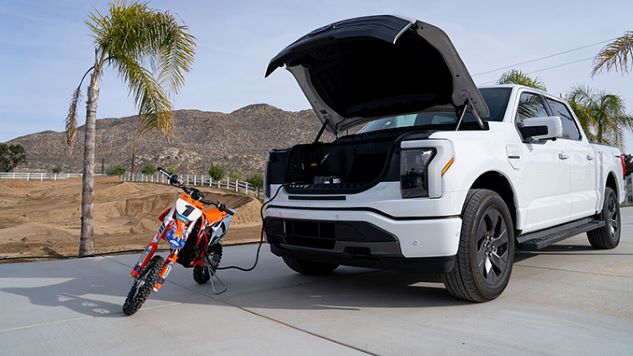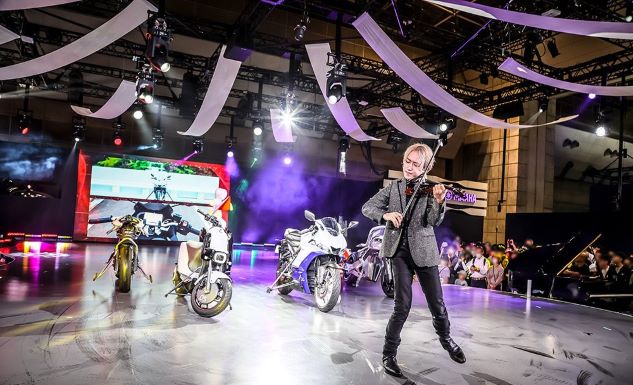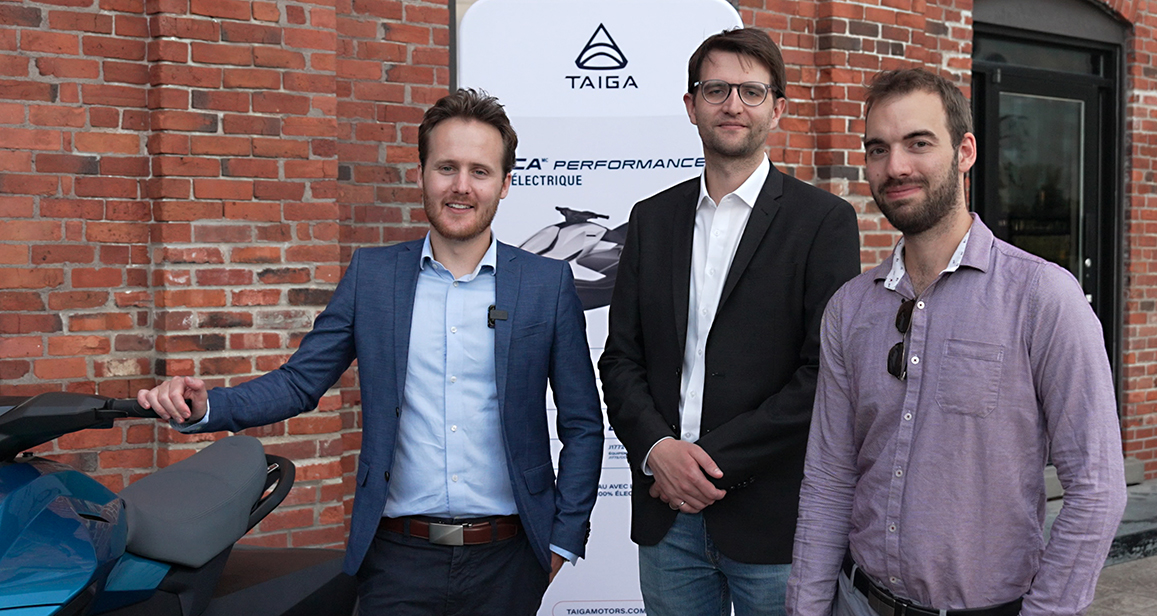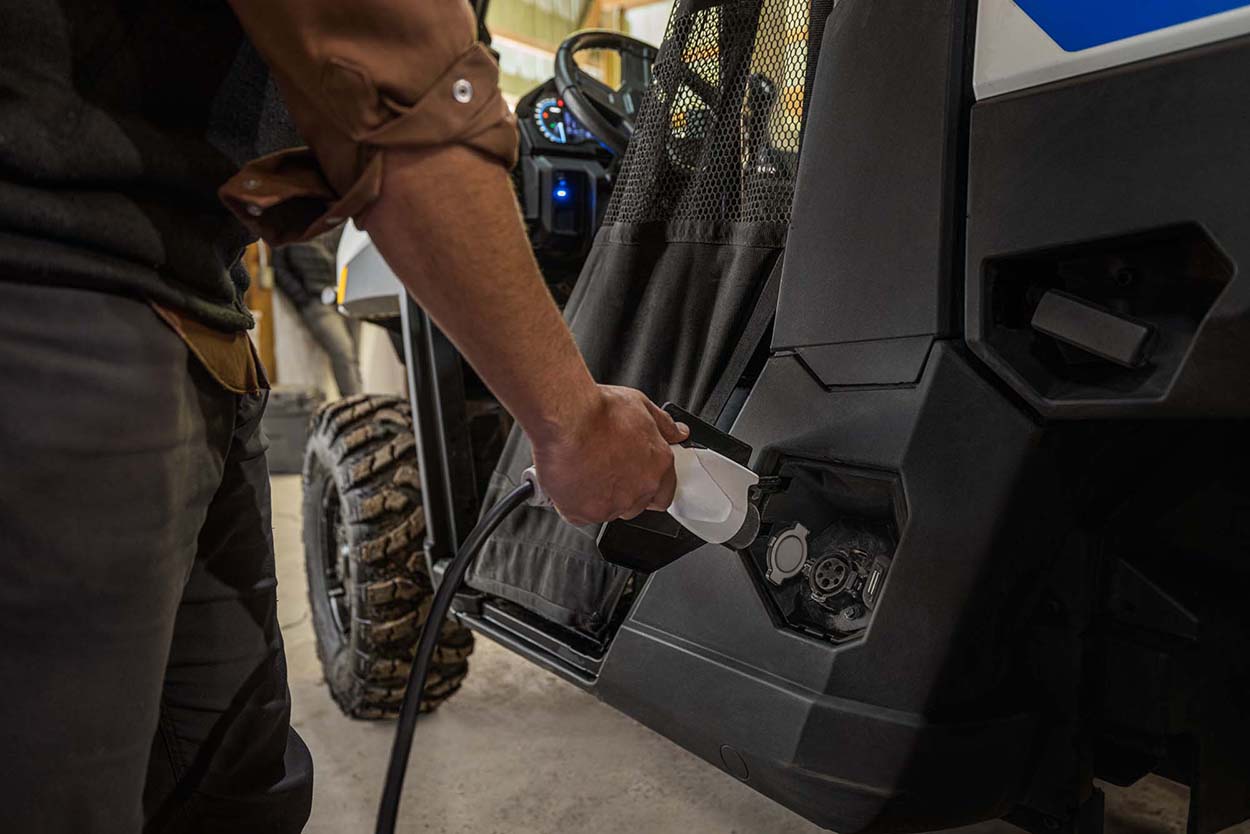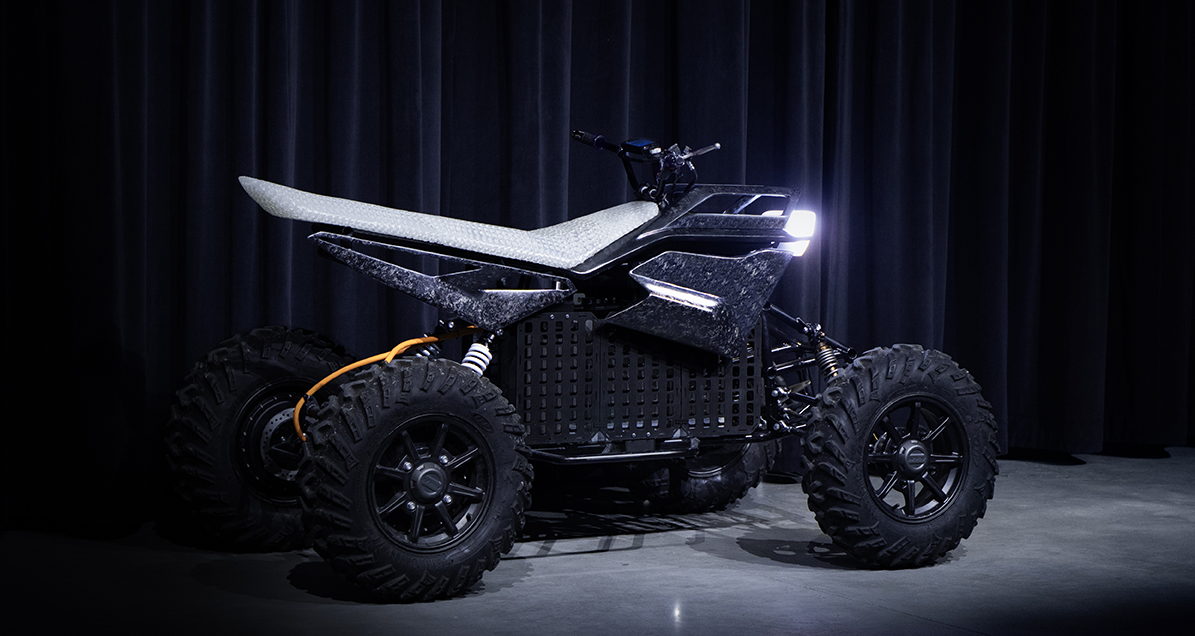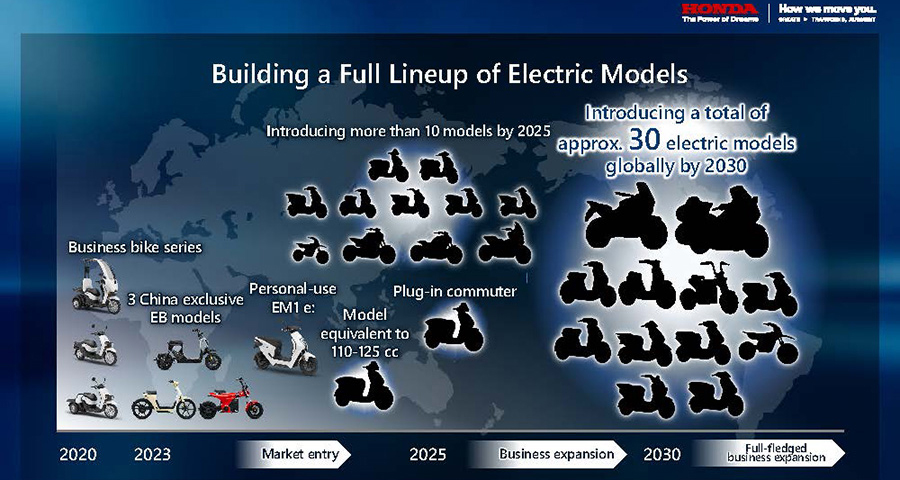When will electric become mainstream and how can we get there?
Electric motorcycles have been around for nearly two decades, with Zero Motorcycles being founded by former NASA engineer, Neal Saiki, in 2006. The company’s production of electric motorcycles began in 2010, and a few years later Harley-Davidson announced it was building an electric motorcycle, too.
Traditional motorcycles, especially Harleys, are loud with a rumbling exhaust that announces its presence at every stoplight. But electric bikes are something different, and much quieter. Will electric powersports vehicles be as successful as Tesla has been in the automotive space? So far, the jury is still out. Zero Motorcycles has yet to break out due to financing issues and technology obsolescence. Since Zero was one of the early adopters, battery technology has continually improved over multiple models. But some of the improvements have been at the expense of the consumer being stuck with a bike that isn’t old, but no longer as usable as it once was.
Harley has had its challenges with electric as well. The Motor Company spun off the LiveWire brand as its own entity in 2021 and has yet to make a mark with the traditional Harley consumer. But the average motorcycle customer may not be an electric motorcycle buyer. In fact, many analysts have noted Harley’s troubles with LiveWire. With revenue down by double-digits, one wonders if the ship will ever turn around.
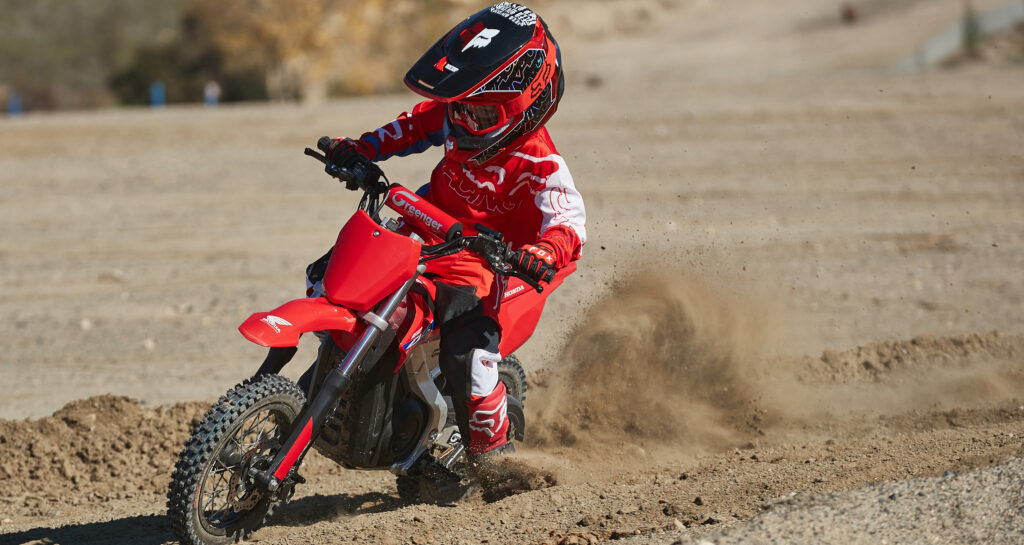
Dealers who sell electric say that it is still too early to tell if the segment will take off. Most consumers are not looking at electric unless they are early adopters. Both LiveWire and Zero offer some great bikes with amazing technology built into the batteries, but it seems that consumers of powersports vehicles – unless we’re talking about e-bikes – are largely uninterested in them for a variety of reasons. First, there’s the range anxiety issue that plagues almost all electric vehicles. If you aren’t in an area where there’s a large enough charging infrastructure, electric is going to be a challenge. But battery range is rapidly improving and charging infrastructure is also getting better.
Another issue that hurts the electric segment is the price. These vehicles are typically much more expensive and produce less performance than their gas-powered siblings. While both LiveWire and Zero offer some more affordable models today, they are still priced higher than many premium ICE bikes on the market.
According to a recent survey we sent out to dealers, most believe that electric powersports will be a large segment within ten years, or sooner if the technology improves faster. But as long as there’s a choice, it looks like traditional powersports will have the edge for a while. And there’s still some runway left on gas-powered motorcycles and UTVs.
However, with Volcon recently showing what a full-throated side-by-side can do on battery power, electric off-road vehicles may be better suited to take advantage of the technology in the near term. These consumers typically ride less than 25 miles a day when they are hunting or fishing. And even for recreational use, they are not riding them far and can keep the battery topped off in between runs.
We collected survey responses from dealers around the nation to learn what their outlook on the future of electric may be. Eleven percent of the respondents do not currently sell electric products but would like to. Twenty percent of dealers responded that they do not sell electric and will not any time soon. Nine percent of dealers responded that they do carry electric products, and they would like to expand their offering in this segment. And 61 percent of dealers answered that they carry electric products, but they are not selling them fast enough.
After speaking to some dealers in more detail, less than half share that they are hesitant to sell electric products. One dealer responded that electric units in the powersports industry are a joke. But others, located from Utah to Missouri to Indiana to North Carolina, were excited and optimistic.
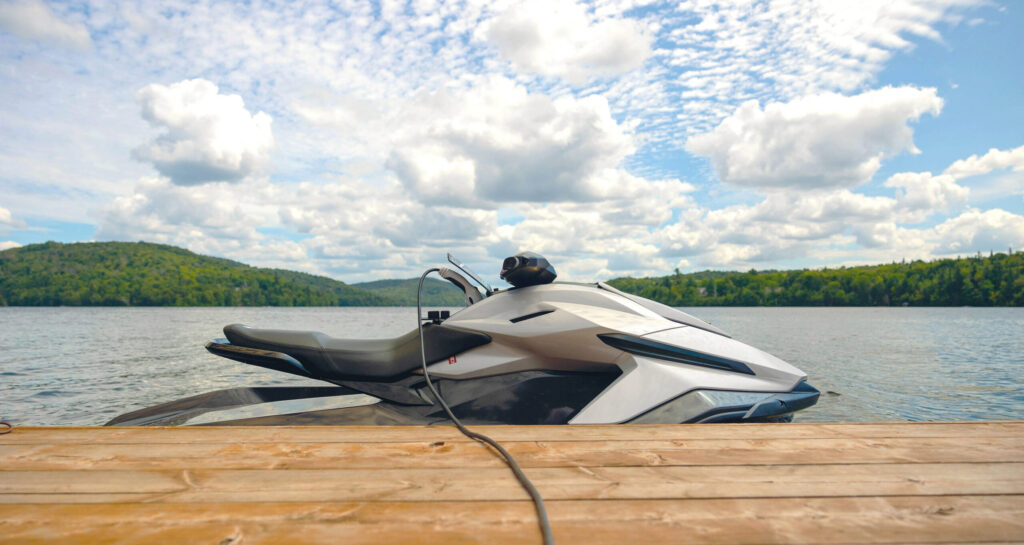
“We’re looking forward to selling [electric vehicles]”, says Chad Faerber, general manager of Moto Europa in St. Louis, Missouri. “We’re starting with e-bikes, we just picked up e-bikes through Ducati. We sell Piaggio scooters as well, and they have an electric Vespa and an electric Piaggio that sell pretty well. And KTM makes a mini dirt bike which is all electric, and we sell out every year we get those. We’re looking forward to it.”
Faerber and other dealers explain that their sales teams usually must introduce electric products to customers before they see an interest in the product. Customers rarely walk into dealer showrooms looking for an electric unit. According to our survey, 85 percent of dealers answered that 0−5 customers ask about the dealership’s electric selection a month. Nine percent answered 5−10 times a month, and seven percent answered 10 or more times a month. It seems early adopters are few and far between.
Over half of our survey respondents believe that the availability of electric products outweighs consumer demand. The remaining 42 percent were split, answering that the availability of electric products should increase, or that the availability of electric product matches consumer demand.
“I think our infrastructure needs to catch up to the vehicles out there right now,” says Adam Ibrahim, sales manager of Beach House Harley-Davidson of Shallotte, North Carolina.
Beach House Harley-Davidson carries the LiveWire electric motorcycle, and Ibrahim explains that when customers ask about the bike, he’s honest about the experience it offers. “I’m upfront with them,” he says. “If you’re a road warrior and want to do 300−400 miles in a day, you could do that, it’s just going to take you longer. You’ll have to plan your route out. If the app says there’s no charging that way, you can’t go that way.”
He says the motorcycle is a great machine, it just requires more planning for long rides. And he understands that Harley riders don’t typically want to worry about planning where to stop and charge their bike on a long trip, so the motorcycle is perfect for running around town.
Ibrahim explains that acceptance of electric products depends partially on the values of each city or state. While some demographics embrace electric because it is a more environmentally friendly option, others value their freedom to hop on a motorcycle and ride until they are ready to stop.
Ibrahim explains that his customers, “don’t know where they’re going, they just want to go and not worry. If you could have electric catering to that, I think it would be more adopted and people would grasp it more. [The LiveWire] is a great product, there’s nothing wrong with it. It’s just the outside forces. The infrastructure has to be there, and the community has to accept it. They could put out the best product in the world, but you can only do so much to get people through the doors that want to buy electric.”
Tammy Evans Dillon agrees that the acceptance of electric, today and in the future, depends on region. Evans Dillon is the owner of M&E Honda, located in Bedford, Indiana, an area that she explains is one of the later adopters of new concepts and products. Despite this, she is excited for the potential future of electric powersports.
“I suspect it’s going to start on the coast, and the closer to the middle of the country you are, there will be less early adopters,” she says. “But I believe over time, it will grow. We’re going to be a little slower in this part of the country to catch on than others, and that’s okay as long as we still have inventory of other things to sell.”
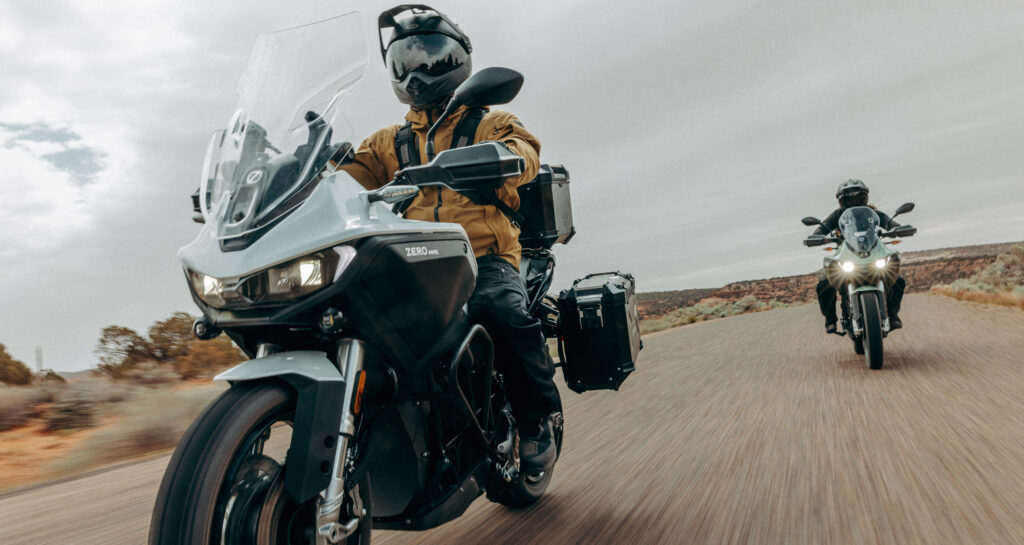
While region will play one role in the adoption of electrification, technological challenges are another issue that dealers recognize hinders the success of the segment. Dealers discuss multiple areas of improvement that they believe are necessary before the electric segment takes off. The most common concerns include cost, battery range, charge time, availability of charging stations, long-term serviceability, durability of product, battery recycling procedures and fees, rate of depreciation, and consumer education.
“Since we are based in a very rural area, the two factors that severely limit interest are range and charge time,” says Dustin James, owner of Outlaw Motor Sports in Enterprise, Oregon. “With long distances from any town or electrical grid, we need at least a 300−mile range and reasonable charge times, one hour max, before we will see people engaging.
“I see how much shorter the service life is and cost of upkeep is with the heavy addition of electrical parts on new units,” he continues. “No longer will a customer be able to invest in a unit and expect 20 plus years of service out of it as the electric vehicle will self-obsolete much quicker than that. I dislike the illusion that is being painted that the EV is more environmentally friendly, as the footprint of use is less but the production and disposal cycle are much more harmful than that of a typical internal combustion engine.”
David Hurtado of The Scooter Lounge in Provo, Utah notes that customers would likely consider electric more often if pricing, features and performance were more competitive. Of course, this will come with time, but Hurtado says, “As things are currently, the lower cost of fuel will not compensate for the higher initial purchase price. And eventually the cost of replacement batteries will more than eat up any maintenance savings.” Despite these concerns, he is optimistic that electric scooters will become a more dominant segment.
Ed Cook, owner of AF1 Racing in Austin, Texas, shared his concern about battery range, charging stations and pricing. “[There are] tons of stories out there about how hard it is to public charge a non-Tesla,” he says. “No EV bike uses the Tesla chargers. Only the very expensive Energica’s can Level 3 fast charge (30−45 minutes). It takes 3−12 hours of charging for all other models. For electric to become more mainstream, the tech needs an update,” he continues, “and the prices need to come down so commuting short distances makes sense. They are not for everyone or every use, but if your usage lines up, they are very great to own.”
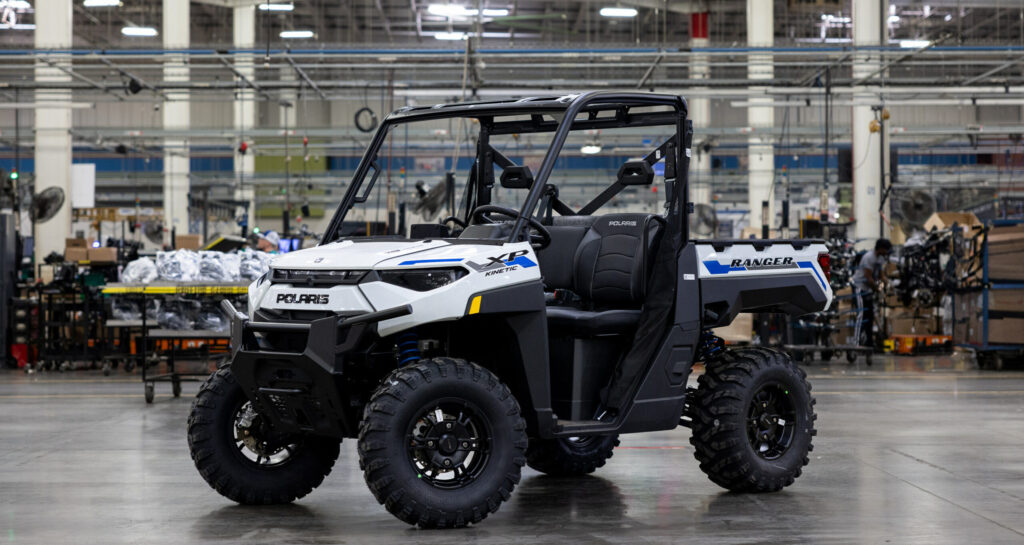
He also explains that the delay of electric excelling as a segment is due, in part, to the prejudice customers hold towards electric vehicles. One of Cook’s customers, for example, was committed to buying an electric motorcycle until he shared the news with his friends. After they gave him a hard time for not buying “a real bike,” he switched to an ICE motorcycle.
But if consumers are educated about certain electric products, they may be impressed. Billy Campbell, owner of Hawg Powersports in Savannah, Georgia, believes that the lack of consumer education about electric product is a significant issue. This, and the current battery range of most electric products, are partially why he expects it to take about 10 years before electric motorcycles and powersports will develop into a significant segment.
Most respondents believe electric will become a major segment in the next 10 years, and others predict it will be sooner. Twentysix percent believe that, in 10 years, it will be a major segment. Thirty-five percent believe that in 10 years it will become a major segment depending on U.S. region. And 39 percent believe electric will not become a major segment. Some dealers state they expect electric to become a major segment in five to 10 years, one specifying that 10 – 15% of powersports will likely be electric in the next 10 years. Another dealer believes it will take more than a decade to become a major segment.
“I never see EV being more than 50% of the powersports market unless it is forced by legislation,” says Dustin James. “But again, it is a great answer for certain areas, applications and people.”
JT Motorsports in Fredrick, Maryland, only sells specialized e-bicycles in the electric segment. “I feel our customers are not powersports customers for the most part, and powersports stores are not the right retail environment for e-bicycle customers,” says owner, Jim Palmer. But he is looking forward to the future of electric motorcycles and expects there will be a viable business in electric in three to five years as technology improves range and costs are lowered.
Like Palmer, Andy Leisner, CEO of Rawrr eMoto, expects to see electric accepted as a major segment in powersports in a similar timeframe. He also agrees that customers seeking electric products may be more commonly a new demographic to the industry.
Rawrr was founded by Vincent Chen in Southern California several years ago after he saw the emerging category of electric lightweight off-road motorcycles. The U.S. corporation, with its investors, created a factory in China that produces the Rawrr Mantis electric dirt bike. Early this year, as the company approached its first sales, Chen hired an executive team and Leisner was brought on as the CEO.
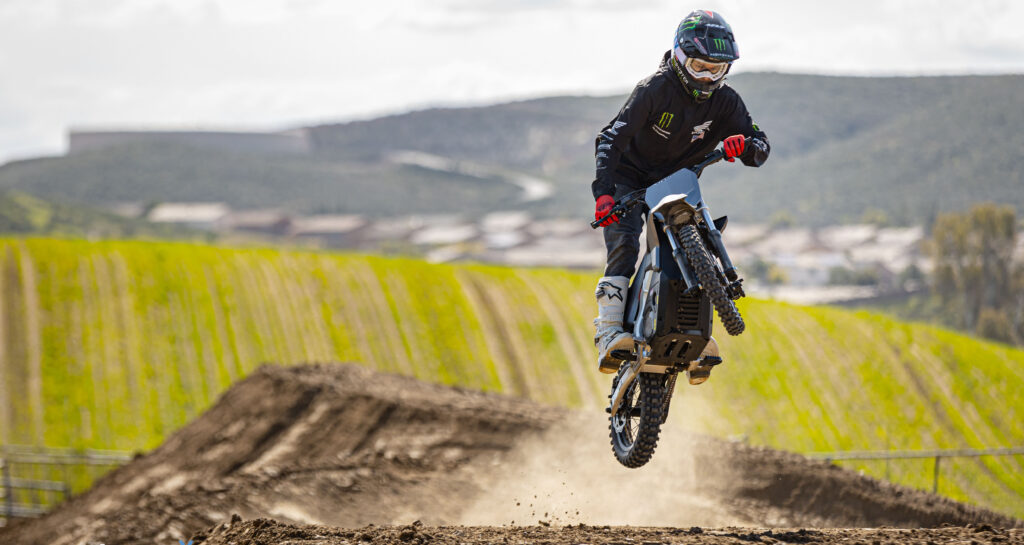
Leisner explains that electrifying existing powersports segments may be more challenging than tapping into new demographics. And he says the Mantis electric dirt bike does just that; it appeals to new demographics, such as women and youths new to the industry.
“Dealers respond favorably to the lightweight electric off-road segment the Mantis sits in. It brings a new, young customer into their dealership while also providing a product that existing off-road customers want to buy, not as a replacement for their regular dirt bike, but as a complimentary purchase,” he says. “Because most of our customers are new to motorcycling, price is very important. Our flagship motorcycle is under $5,000. Battery life is somewhat of a concern, but this segment of motorcycle is never ridden far.”
Which is why electric motorcycles are practical for the off-road segment. He explains that on-road motorcycles are a challenge to electrify because they are less aerodynamic than some cars and produce a lot of drag, especially at high speeds on the highway, draining batteries that are already hindered by weight limits.
Off-road is different. “You’re not going fast, you’re not pushing a lot of air and you’re on and off the throttle,” Leisner says. “It’s a perfect environment for electric, which is quiet and can go places gas powered bikes can’t.”
Owning a Zero Motorcycle himself, Leisner is optimistic about the future of electric on-road motorcycles. “Electric motorcycles like street bikes are fun in their own way,” he says. “An electric motorcycle distills motorcycling to its purest form.” And he explains the lack of shifting and sound produce a peaceful ride. “It will take some changes in battery chemistry and battery technology, which are coming soon, so I think in about two years electric highway motorcycles will be able to carry enough energy capacity without being overweight.”



